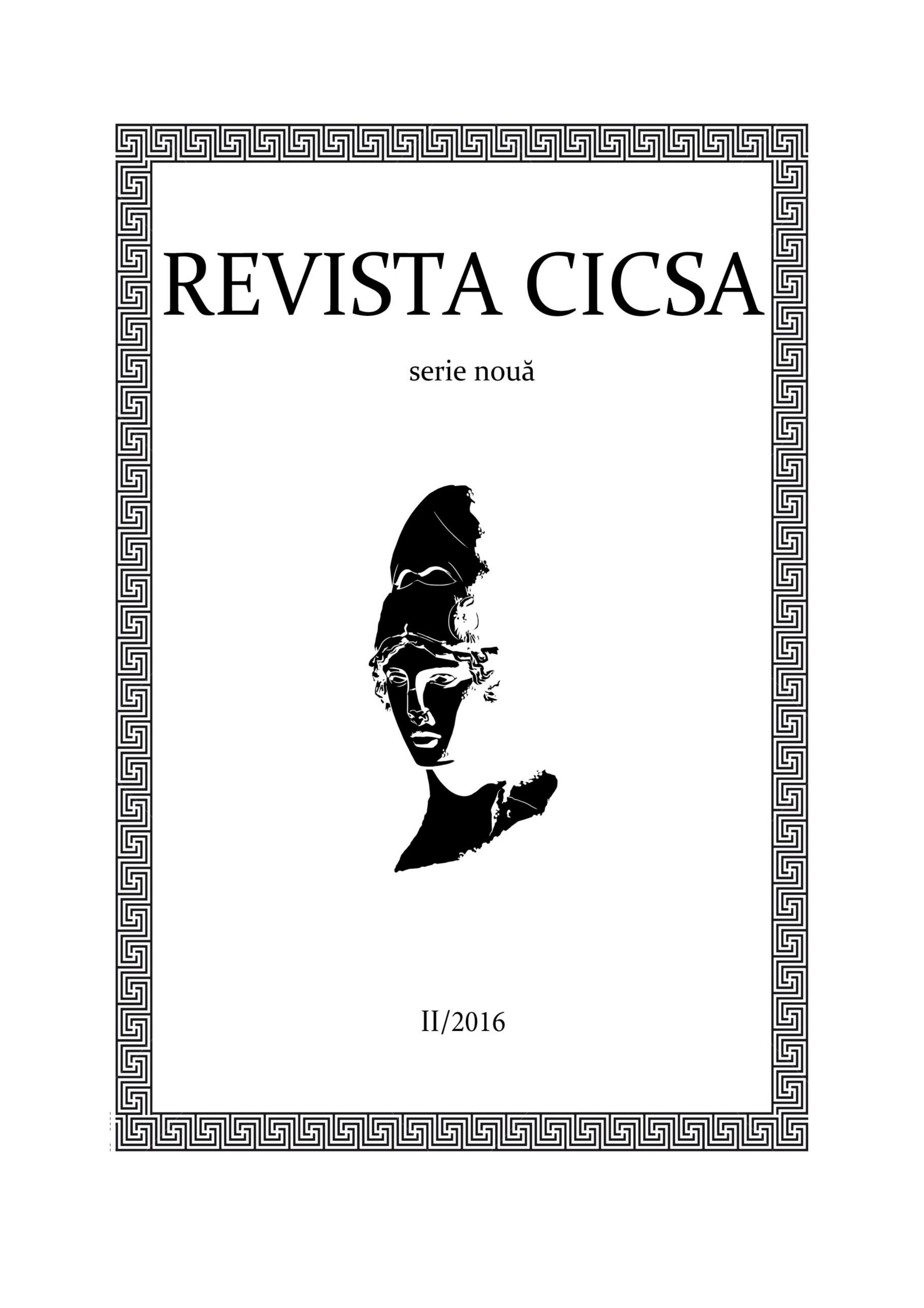“Beauty has no price, for a beautiful woman has the world at her feet”: representations of the female body in advertisements printed in “Realitatea Ilustrată” magazine
“Beauty has no price, for a beautiful woman has the world at her feet”: representations of the female body in advertisements printed in “Realitatea Ilustrată” magazine
Author(s): Vlad MihăilăSubject(s): Cultural history, Interwar Period (1920 - 1939)
Published by: Centrul de Istorie Comparată a Societăților Antice
Keywords: gender identity; advertising discourse; interwar period; body; aesthetic ideals;
Summary/Abstract: Printed interwar advertisements articulated a discourse that served both to promote specific meanings attached to femininity – physical beauty as a central social and symbolic female quality – and to define precise social sanctions that could be applied to women that did not know or follow normative beauty standards. Distinguishing constantly between what was desirable and what was repulsive, between the ideal and the imperfect, ad makers employed a series of visual and textual representations of the female body as a means to create a polarized and reductionist discourse, which in turn aimed to reduce the number and validity of definitions attached to femininity. The resulting symbolic antithesis stated that a beautiful woman was a model of social, economic and personal success, in stark opposition to the woman that did not value her physical appearance, doomed to live an unhappy and meaningless life, bereft of familial or professional fulfillment. This article will argue that representations of the female body created by the interwar advertising discourse played an important role in the structuring and dissemination of specific gender roles, expectations and stereotypes associated with femininity. The study is centered on qualitative analysis of a selection of ads printed between 1927 and 1940 in a well-known Romanian popular magazine – “Realitatea Ilustrată”.Printed interwar advertisements articulated a discourse that served both to promote specific meanings attached to femininity – physical beauty as a central social and symbolic female quality – and to define precise social sanctions that could be applied to women that did not know or follow normative beauty standards. Distinguishing constantly between what was desirable and what was repulsive, between the ideal and the imperfect, ad makers employed a series of visual and textual representations of the female body as a means to create a polarized and reductionist discourse, which in turn aimed to reduce the number and validity of definitions attached to femininity. The resulting symbolic antithesis stated that a beautiful woman was a model of social, economic and personal success, in stark opposition to the woman that did not value her physical appearance, doomed to live an unhappy and meaningless life, bereft of familial or professional fulfillment. This article will argue that representations of the female body created by the interwar advertising discourse played an important role in the structuring and dissemination of specific gender roles, expectations and stereotypes associated with femininity. The study is centered on qualitative analysis of a selection of ads printed between 1927 and 1940 in a well-known Romanian popular magazine – “Realitatea Ilustrată”.
Journal: Revista CICSA online, Serie Nouă
- Issue Year: 2016
- Issue No: II
- Page Range: 86-131
- Page Count: 46
- Language: English

